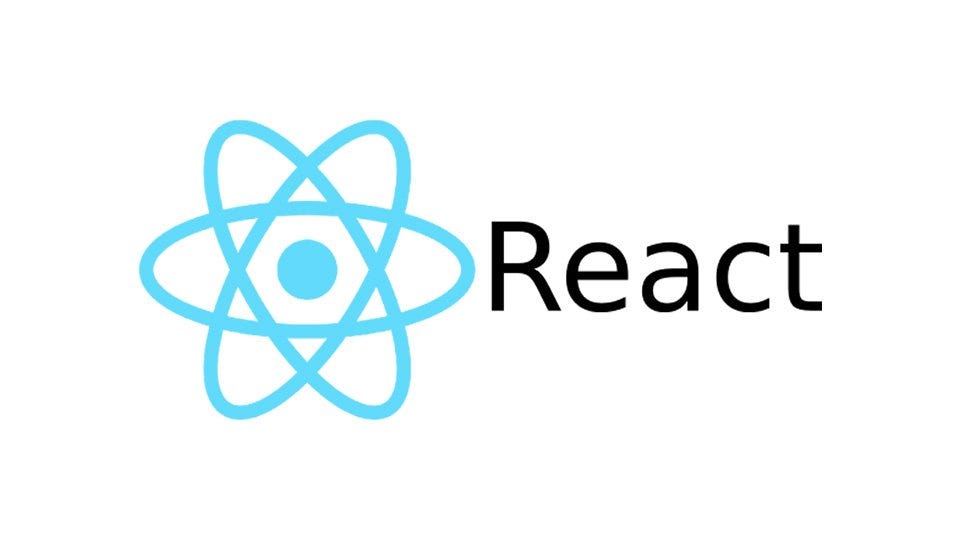In the ever-evolving world of web development, choosing the right framework for enterprise-level applications is critical. ReactJS, a popular JavaScript library maintained by Facebook, has emerged as a preferred choice for many developers and organizations. Its flexibility, performance, and extensive ecosystem make it ideal for building scalable and maintainable applications.
This blog explores why ReactJS is a top contender for enterprise development and how it addresses scalability and maintainability concerns.
Why ReactJS for Enterprise Development?
Before diving into the specifics of scalability and maintainability, it's essential to understand why ReactJS is a go-to framework for enterprise applications. Here are some key reasons:
- Component-Based Architecture: ReactJS allows developers to build encapsulated components that manage their own state. This modular approach makes it easier to develop, test, and maintain large applications.
- Virtual DOM: React's Virtual DOM ensures efficient updates and rendering, enhancing the performance of complex applications. This is crucial for enterprise-level apps where performance can directly impact user experience and business operations.
- Extensive Ecosystem: With a vast array of libraries and tools, ReactJS provides everything needed to build robust applications. The support from the community and the availability of third-party integrations make development more efficient.
- Strong Community and Industry Support: ReactJS is widely adopted and continuously improved by a large community and major companies, ensuring it remains up-to-date with the latest trends and best practices in web development.
Scalability with ReactJS
Scalability is a major concern for enterprise applications, which need to handle growing amounts of data and increasing user loads. Here’s how ReactJS helps in building scalable applications:
- Component Reusability: React’s component-based structure allows developers to reuse components across the application. This reduces code duplication and makes it easier to scale the application by adding new features without overhauling existing code.
- Lazy Loading and Code Splitting: React supports lazy loading and code splitting, which means only the necessary parts of the application are loaded initially. This improves load times and performance, essential for applications that need to scale efficiently.
- Server-Side Rendering (SSR): For large-scale applications, SSR can significantly enhance performance by rendering content on the server before sending it to the client. This reduces the load on the client side and improves the perceived performance of the application.
- Efficient State Management: State management libraries like Redux, MobX, and Context API help manage application state efficiently, even as the application grows in complexity. Proper state management ensures that the application remains performant and easy to scale.
Maintainability with ReactJS
Maintaining an enterprise application involves regular updates, bug fixes, and feature enhancements. ReactJS offers several features that enhance maintainability:
- Component Isolation: React’s encapsulated components mean that changes in one component have minimal impact on others. This isolation simplifies debugging and makes it easier to manage the application as it evolves.
- Prop Types and TypeScript: Using PropTypes or TypeScript for type checking ensures that components receive the correct data types, reducing runtime errors and making the codebase more robust and easier to maintain.
- Comprehensive Testing: React’s ecosystem includes robust testing libraries like Jest and React Testing Library, which simplify writing and running tests. Automated testing is crucial for maintaining the quality and reliability of enterprise applications.
- Consistent Coding Standards: React’s emphasis on a declarative style and JSX syntax promotes consistent coding practices. Consistency in the codebase enhances readability and makes it easier for teams to collaborate and maintain the application.
- Documentation and Best Practices: The extensive documentation and active community provide best practices and solutions to common problems, helping developers maintain high standards of code quality.
Conclusion
ReactJS stands out as a powerful framework for enterprise development, offering the scalability and maintainability required for large-scale applications. Its component-based architecture, efficient state management, and robust ecosystem make it a suitable choice for enterprises looking to build performant and maintainable applications.
If you're considering integrating ReactJS into your project, partnering with a skilled React JS development company or choosing to hire React JS developers can ensure that your application is well-equipped to handle growth and adapt to changing business needs, ultimately delivering a superior user experience and driving business success.
Whether you’re starting a new project or considering a framework switch, ReactJS provides the tools and capabilities to meet the demands of modern enterprise development.





Comments